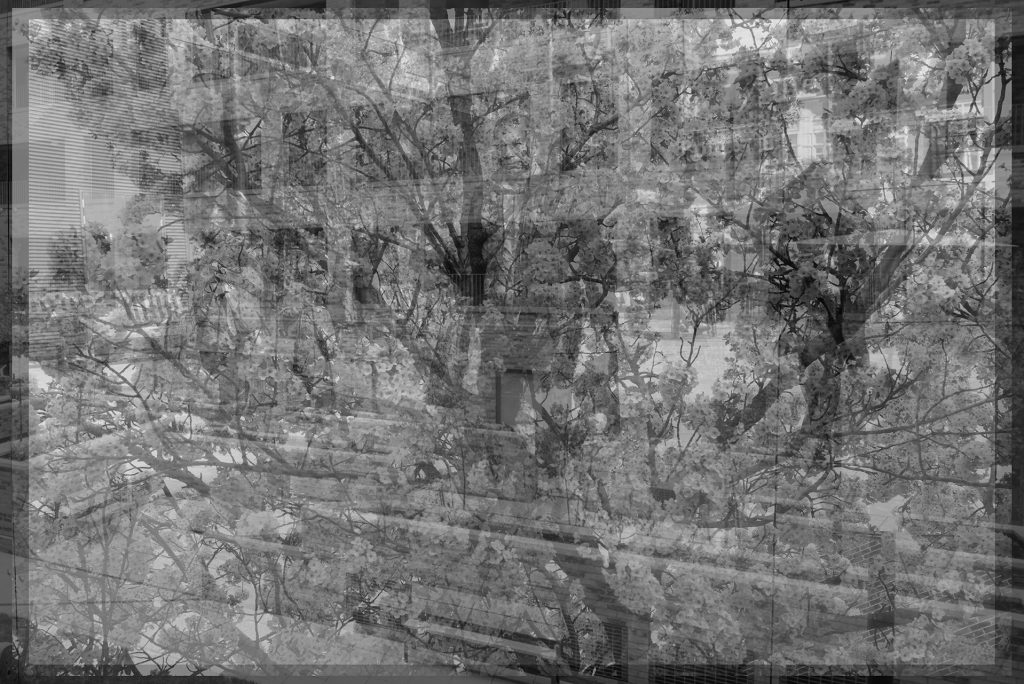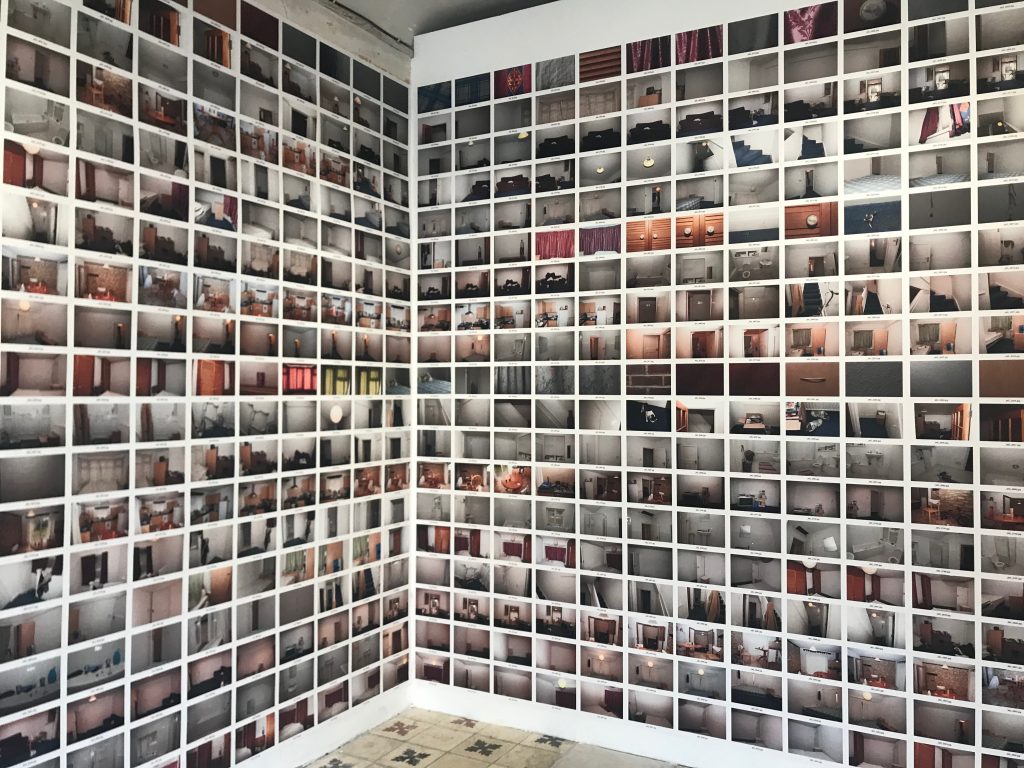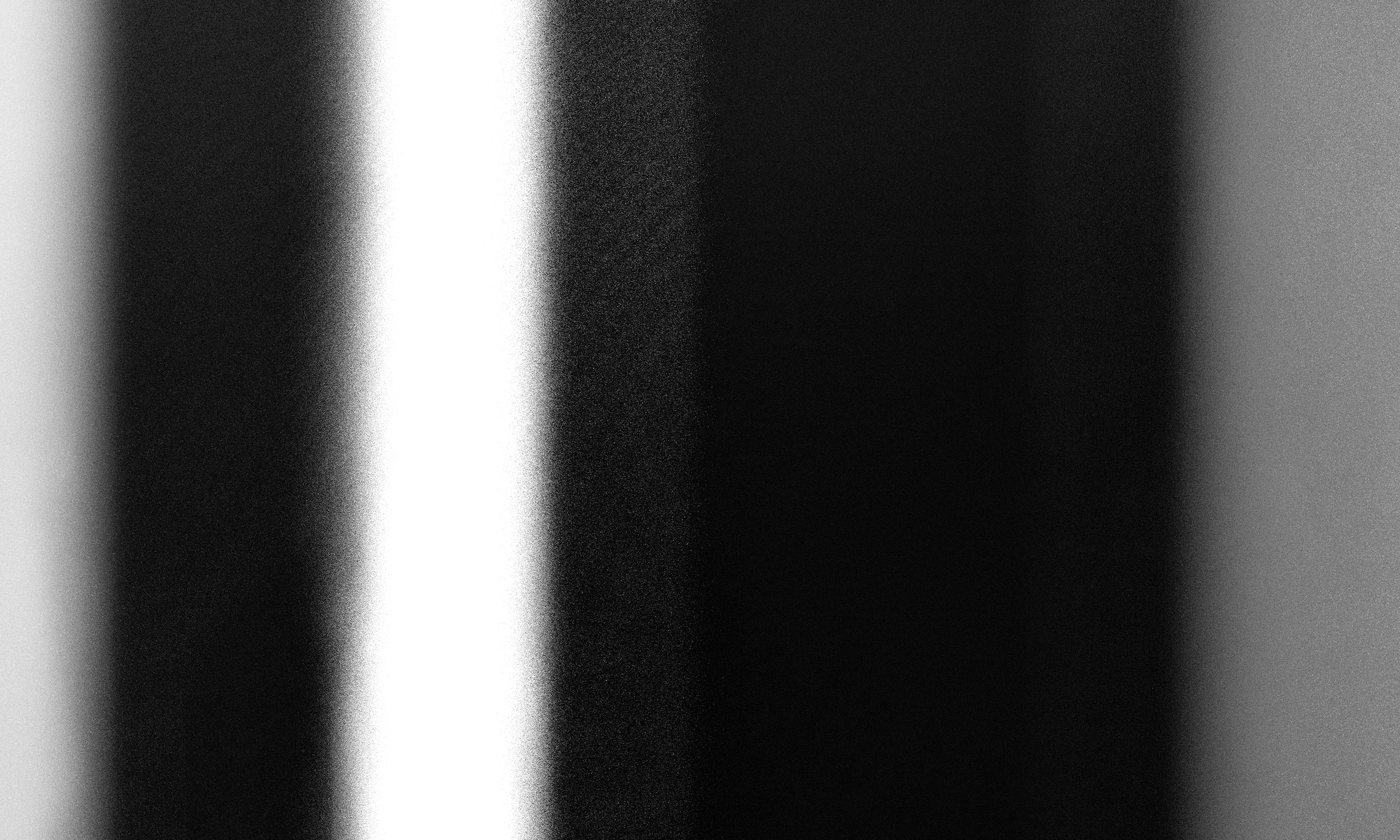Hôtel du Musée, Arles, 28th July 2019
I gave an overview of my project presented some prints made from the three series of composites produced towards the end of the last module. In particular, I wanted feedback on how these might fit within the overall project (as examples of my own artistic response, and possibly as one way of working with participant images) and how they might best be presented (so far, I have presented these on screen and as projections, but want to think about how they might be best presented as prints). I showed prints made on different types of paper (semi-pearl and fine art smooth cotton).
The work was well received and a number of helpful comments were made on how I might develop this aspect of the project.
- the first image in each series worked best, and could produce engaging prints (Jesse commented on the manner in which human figures were concealed in and emerged from the images, and these could make good platinum prints).

- Wendy cautioned, though, against over-aestheticising the image/context, which could create tensions with the overall intent of the project. She mentioned looking again at Joan Fontcuberta‘s work in this respect.
- the link between switching between analogue and digital image forms and the tension between resident lived experience (qualitative/analogue) and data driven decision making in housing and other areas (quantitative/digital) was appreciated, but wasn’t clear in the way in which the images were presented (without a supporting narrative). Jesse suggested that some form of random or automated image manipulation might be used to give versions of the images that were not ‘human-made’. This could be in the form of ‘glitches’ or types of juxtaposition or interaction between images. I could do this with my own images, and/or with resident images (which could be exhibited in the way in which Edmund Clarke showed images in Control Order House as a grid of jpegs).

- Bekkie suggested the interleaving of digital data in making the composites, which I’ll experiment with.
- in terms of process, Anthony Luvera‘s work was mentioned, and in particular his recent writing on the ethics of participatory photography. Earlier conversation with Mick has also provided other references on ethics to follow up (he also mentioned code that is available to remove elements of digital images, for instance human figures – to follow up).
References
Edmund Clake, https://www.edmundclark.com/ [accessed 30.07.19]
Joan Fontcuberta, https://www.scienceandmediamuseum.org.uk/what-was-on/joan-fontcuberta-stranger-fiction [accessed 30.07.19]
Anthongy Luvera, http://www.luvera.com/ [accessed 30.07.19]
